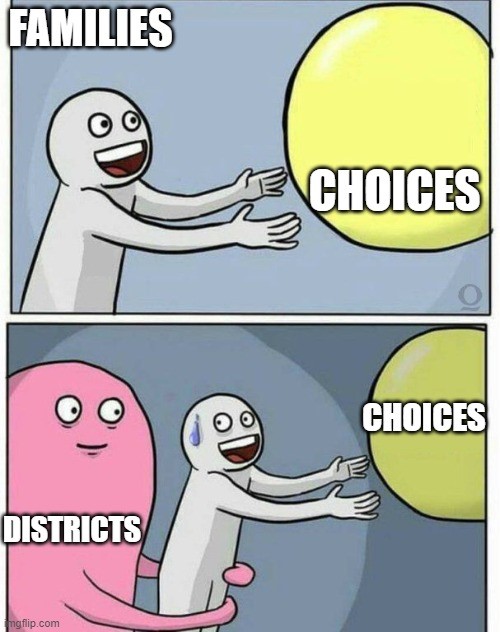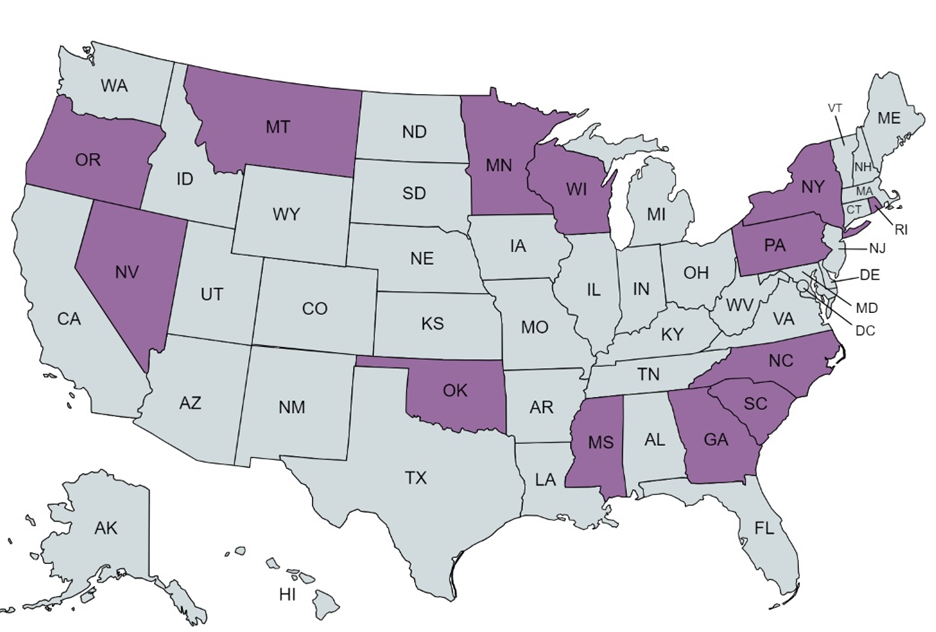
Medieval serfdom in Europe involved landed aristocrats exploiting serfs who were bound to the land. Aristocrats owned the land and their serfs worked land which they did not own, attempting to scratch out an existence after the aristocrats took their cut of the harvest. Life was nasty, brutish and short for the serfs, who lacked anything in the way of rights, as Britannica explains:
The essential additional mark of serfdom was the lack of many of the personal liberties that were held by freedmen. Chief among these was the serf’s lack of freedom of movement; he could not permanently leave his holding or his village without his lord’s permission.
Of course, we’ve long since left serfdom behind here in the land of the free and the home of the brave. We would never abide with a system in which you had to go ask some modern-day baron to grant you permission to move. The idea is entirely absurd, with one very incongruous exception: K-12 education.
Available to All’s indispensable report on the laws governing open enrollment transfers reveals that many states restrict movement within and between district schools. Four states (Hawaii, Virginia, Washington and Wisconsin) treat families as serfs by requiring them to seek the permission of their residentially assigned school to transfer within their district. Another four states sometimes require such permission.
The serf is up, however, when it comes to those wishing to transfer to a school in a district in which they do not reside. Thirteen states require serfs to seek the permission of their neo-feudal overlords (their resident district) to transfer to another district. These 13 states are colored purple in the map below:
Figure 2: Permission of Resident District Required to Transfer to Another District

Hawaii only has a single school district, so there can be no transfers between districts, making the school level permission requirement all the worse. Another 11 states sometimes require students to seek the permission of their resident district.
Not everybody has gone serfing, however. There are 21 states where no one must seek the permission of their resident school to transfer, and 21 states where you never have to seek the permission of your resident district. While we are busily reducing the amount of funding discrimination against families wishing to send their children to private schools, we ought to expand family access to public schools as well.



